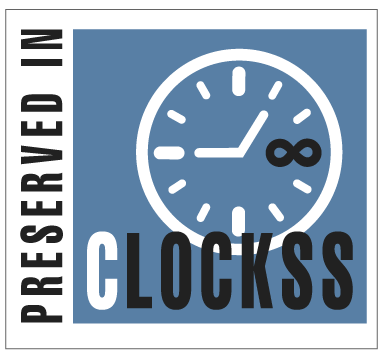Abstract
Biochar was previously confined to agriculture applications, but its utilization has since expanded across various sectors. In this case, sludge acquired from a sewage treatment facility was employed in the production of biochar. The study investigates the adsorption of cadmium in aqueous solution by both untreated biochar and biochar treated with H3PO4, examining the influence of adsorbent dosage, contact time, pH, and initial concentration. Phosphorus compounds present on the biochar surface activate it, enhancing cadmium removal compared to untreated biochar. The experimental results showed that the optimal dosage (1000 mg/l) and adsorption rate were significantly affected by pH. The Langmuir isotherm is more in accordance with the results of the experiment than other models, an indication that the majority of the adsorption is accomplished through monolayer chemical adsorption. The study determined that biochar derived from surplus sludge can be further utilized to serve as an economical adsorbent for the removal of Cadmium from wastewater.
Keywords
Adsorption, Cd2+, Heavy metals, Isotherm study, Sludge biochar
Subject Area
Biology
Article Type
Article
First Page
3337
Last Page
3348
Creative Commons License

This work is licensed under a Creative Commons Attribution 4.0 International License.
How to Cite this Article
Khalil, Aya L.; Al-Ani, Faris H.; and AL-Obaidy, Abdul Hameed M. J.
(2025)
"Cadmium Removal From Aqueous Solutions Facilitated by Biochar Derived From Active Sewage Sludge,"
Baghdad Science Journal: Vol. 22:
Iss.
10, Article 12.
DOI: https://doi.org/10.21123/2411-7986.5084








